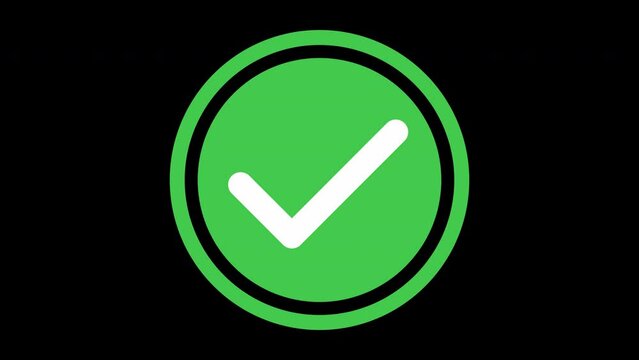In the realm of home construction and design, few materials have made as significant an impact as vinyl siding. Since its inception in the 1950s, vinyl siding has undergone a remarkable evolution, emerging as a frontrunner in exterior cladding options. This shift is attributed to its numerous advantages, including durability, low maintenance, cost-effectiveness, and aesthetic versatility. As we delve into the world of vinyl siding, it’s clear that its contributions to modern home design are both vast and multifaceted.
A Brief History
Vinyl siding was introduced as an alternative to traditional materials like wood and aluminum. Early versions faced challenges such as brittleness and fading. However, advancements in technology and manufacturing processes have led to significant improvements. Today, high-quality vinyl siding offers enhanced durability, color retention, and resistance to environmental factors.
Unmatched Durability
One of the most compelling attributes of vinyl siding is its robustness. Made primarily from polyvinyl chloride (PVC), it stands up admirably against the elements. It resists moisture, preventing rot and decay that typically affect wood siding. Moreover, it’s impervious to pests such as termites and carpenter ants. These properties ensure that vinyl siding maintains its structural integrity and appearance for years, with minimal need for repair or replacement.
The Ease of Maintenance
The low-maintenance nature of vinyl siding is a boon for homeowners. It eliminates the need for periodic painting, staining, or sealing, tasks that are indispensable for maintaining wood siding. A simple cleaning with soapy water is usually all that’s required to keep it looking new. This ease of maintenance not only saves time and effort but also reduces the long-term costs associated with home upkeep.
Energy Efficiency and Insulation
Modern vinyl siding options often include insulated versions, which add a layer of thermal insulation to the exterior walls. This feature enhances the home’s energy efficiency by reducing heat loss in winter and heat gain in summer. Consequently, homeowners can enjoy lower energy bills and a more comfortable living environment.
Aesthetic Flexibility
Perhaps one of the most visually appealing aspects of vinyl siding is its vast selection of colors, textures, and styles. It can mimic the look of wood, stone, and other natural materials, providing homeowners with the aesthetic qualities of these materials without the associated maintenance. Whether for a new build or a renovation project, vinyl siding offers the flexibility to achieve any architectural style, from traditional to contemporary.
Cost-Effectiveness
When compared to other siding materials, vinyl siding is notably cost-effective. Its lower initial purchase price, combined with the savings from reduced maintenance and energy costs, makes it an economical choice for many homeowners. Additionally, the long lifespan of vinyl siding ensures a return on investment through enhanced curb appeal and potential increases in property value.
Conclusion
Vinyl siding represents a confluence of practicality and aesthetics in modern home design. Its evolution from a fledgling alternative to a dominant exterior cladding material is a testament to its inherent advantages. As technology continues to advance, the future of vinyl siding looks promising, with potential for even greater durability, efficiency, and design flexibility. For homeowners and builders alike, vinyl siding remains a smart, stylish choice that stands the test of time.

